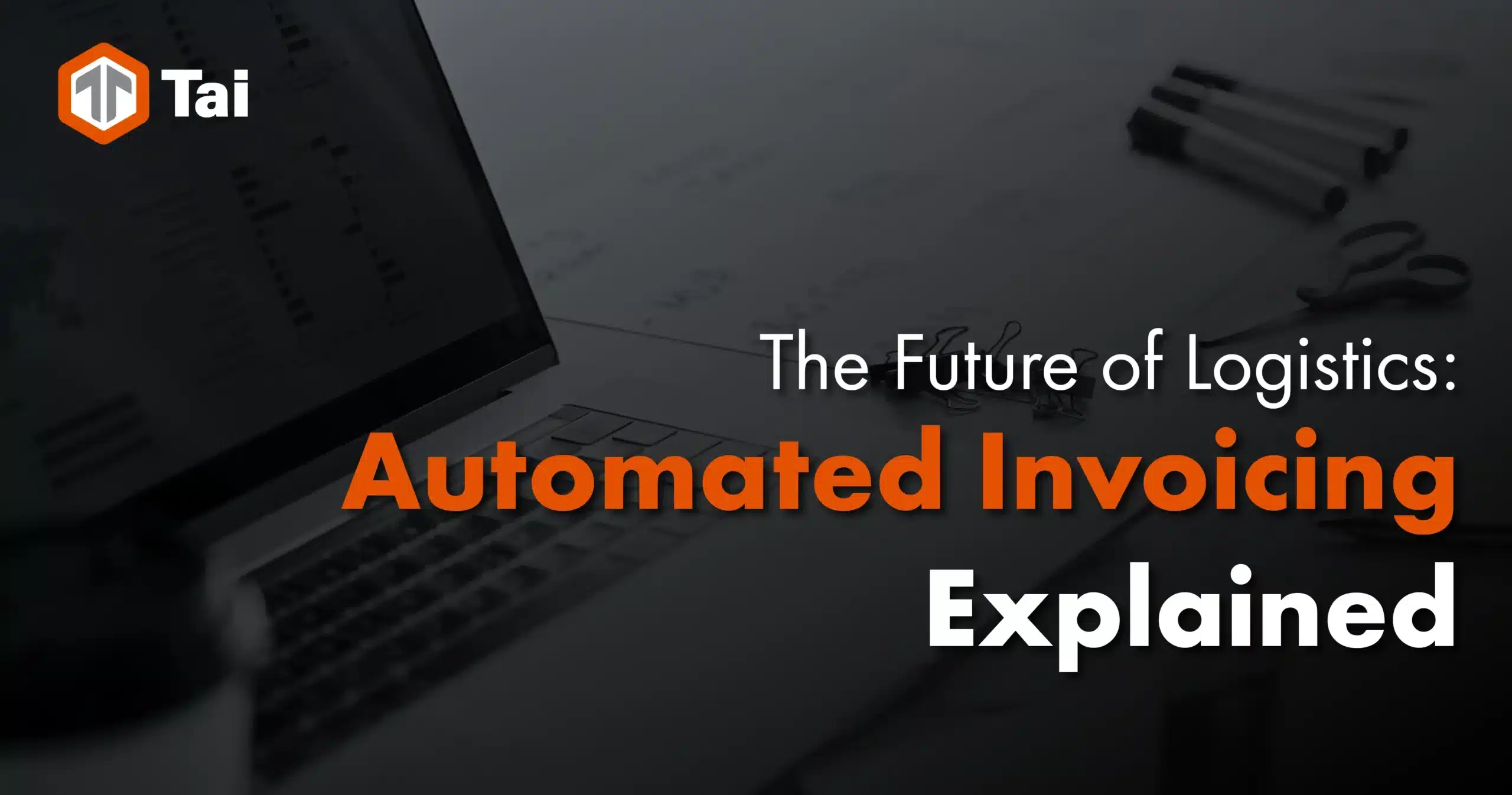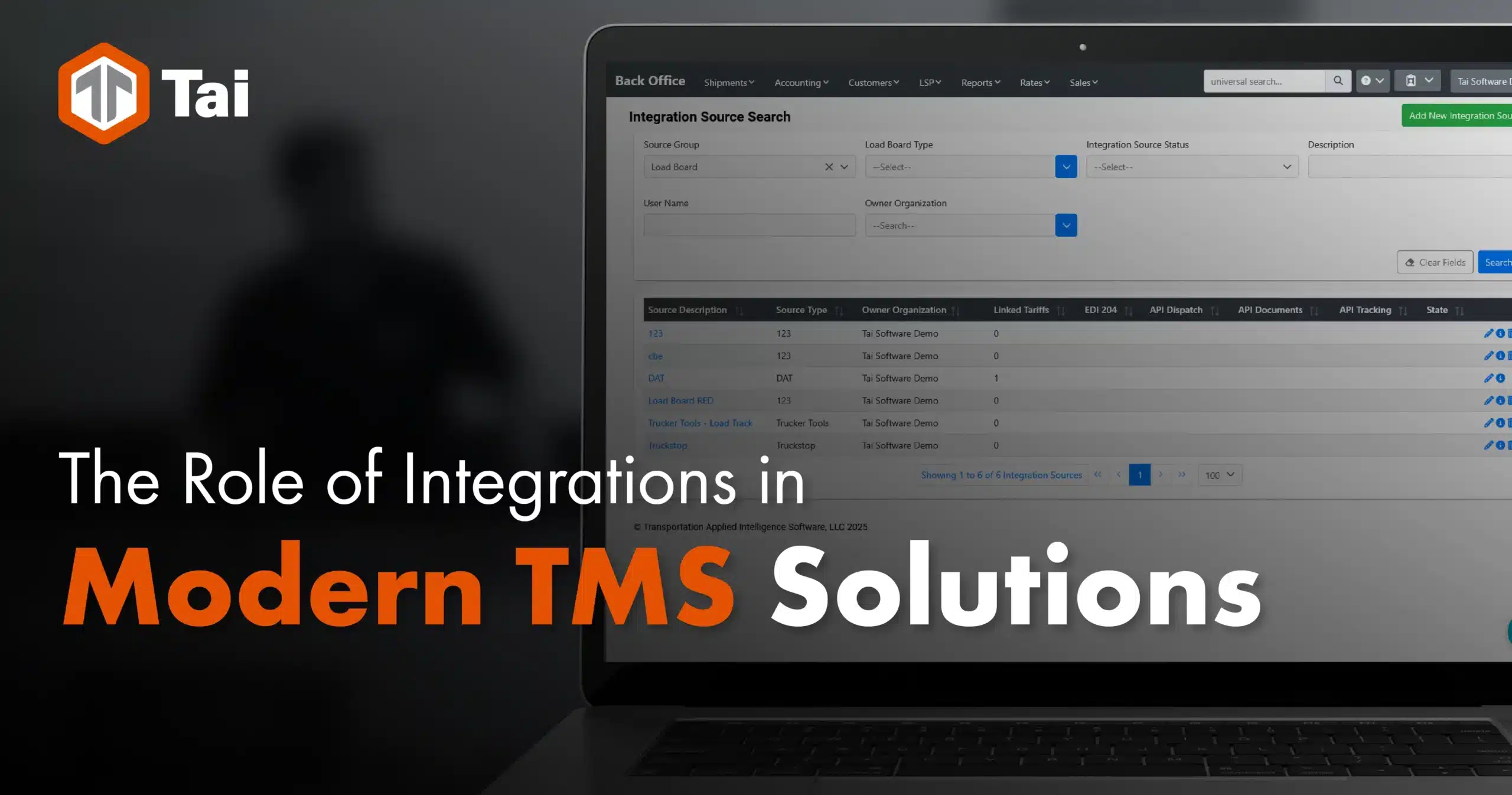Brokers continually find themselves in a relentless pursuit of efficiency and profitability, with cash flow operations at the heart of their focus. Unfortunately, legacy systems often prove to be a stumbling block, creating blind spots that inhibit cash flow and introduce opportunities for error. These problems can arise from manual tasks, visibility issues, or disparate reporting – but regardless of the source, the outcome is invariably the same: unreliable cash flow.
Understanding Automated Bill Approval
Automated bill approval is a feature found in modern Transportation Management Systems (TMS). This function compares the information on a bill to the data in the TMS. If the bill falls within a set tolerance, it gets approved automatically. This process dramatically reduces the manual workload associated with bill approvals.
The Benefit of Automation
Automation helps reduce human data-entry, which can often be time-consuming and prone to errors. By automating this process, you not only save time but also reduce the risk of inaccuracies that could potentially lead to financial discrepancies.
This automation not only streamlines operations for brokers but also significantly enhances the customer experience. When brokers can rely on automated systems to handle bill approvals, they have more time to focus on customer communication. They can promptly inform customers about any changes in charges before an invoice goes out. This proactive approach fosters transparency and trust, which are key elements of a positive customer experience.
Setting a Threshold
One of the most beneficial aspects of automated bill approval is the ability to set a threshold for automatic approvals. This feature allows administrators to reduce their workload and that of others by automating the payment process for bills that fall within the set limit. As a result, only bills that exceed this threshold require manual review, significantly cutting down on the time spent reviewing and approving bills.
Use Case: Tai TMS
Tai TMS exemplifies how a modern system can revolutionize brokerage operations. It enables the broker to set a ‘tolerance’ between the match accuracy of the original document and the existing shipment data. If the document falls within that tolerance, the bill is approved automatically.
Furthermore, the auto attach feature adds all the necessary documents (PODs, Bills of Lading, etc.), accelerating payment turnarounds beyond what was previously thought possible.
Choosing The Right TMS: A Strategic Decision For Your Freight Brokerage Success
While there are numerous TMS solutions in the market, it’s crucial to choose one that aligns with your business needs. Look for a system that is easy to use, integrates with your existing technology, and offers robust support and continuous updates. A good TMS is more than just software; it’s a strategic partner that can help you drive your freight brokerage business forward. It provides the foundation for efficient, customer-focused, and profitable freight brokerage operations – today, tomorrow, and well into the future.
If you’re interested in exploring more ways in which tech can alleviate your accounting pains, we encourage you to download our latest Whitepaper. This resource dives deeper into the role of modern tech solutions in transforming freight brokerage operations. Don’t miss out on this chance to advance your knowledge and stay ahead of the curve in this competitive industry.







